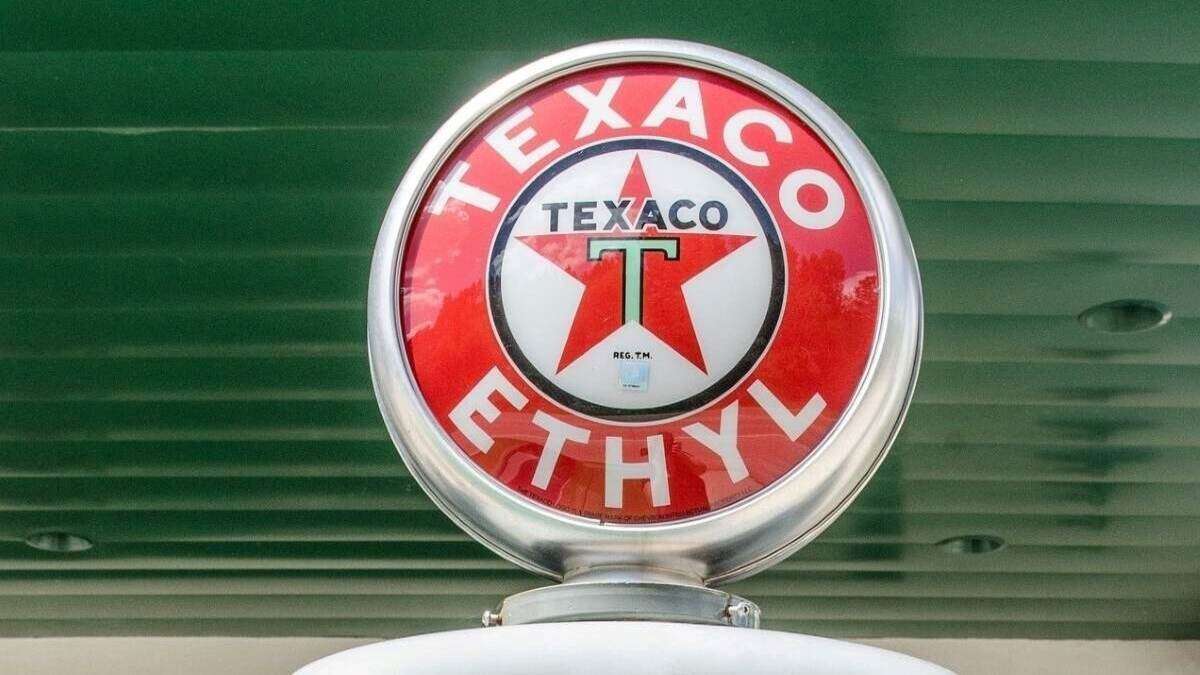Fuel Conversion Possibility
Imagine saving up to $2 to $3 per gallon of fuel by no longer having to fuel your Toyota with Plus or Premium gas at the pump. Sounds too good to be true---right?! As it turns out, there is a way to run a number of makes and models by adding an E85 conversion kit to your car so that you can use the significantly less expensive E85 gas from your local gas station pump.
An Old Concept
Interestingly, the concept of running a single engine off of a wide range of fuel types is an old one dating back to the late 1800’s and early 1900’s where necessity became the mother of invention.
One example is the creation of the Lanz Bulldog line of tractors in Germany where a single-cylinder, hot bulb engine was developed (and improved over the years) that could run on multiple fuels such as crude oil, kerosene, diesel, and vegetable oil.
However, while they were incredibly simple and surprising worked, they did have their problems. Power efficiency being their greatest problem as well as dangerous to start by heating the engine with a blow torch prior to starting and using a detachable steering wheel to crank-start what could be a “cranktankerous” engine. See what I did there.
To see one in action, check out the bonus video at the end of the article for more about these remarkable multi-fuel engines.
Back to the Topic
Flex Fuel vehicles began entering the U.S. market in the 1990s. While initial car shoppers had their misgivings about the new change, the idea caught on. So much so in fact, that South America is credited for being amongst the first to take the lead.
According to the Encyclopedia Britannica:
“In 1999 Brazil mandated that by 2003 all new cars sold in the country had to be FlexFuel vehicles (FFVs)—vehicles certified to run on gasoline containing up to 85 percent ethanol (ethyl alcohol), marketed as E85. This initiative led numerous American, European, and Japanese manufacturers to certify some of their models as E85-compliant.”
Is Your Car E85 Compliant?
One of the dead giveaways that your vehicle is E85 compliant is typically a model-specific logo such as “Flex Fuel” and or “E85” badged on the body as well as a sticker within the gas cap port stating it is an “E85 fuel” vehicle.
Bar those hints, a car can be determined whether it is E85 compliant by looking at the vehicle’s VIN. The Vehicle Identification Number represents info about your vehicle such as the year made and plant location, body style, engine type, paint color, etc. However, the 8th digit is where some auto manufacturers reserve a flex-fuel designation---typically a “U” or “V”. But the best way is to consult your vehicle owners’ manual or do an online search for this information.
Not All Info is Favorable Toward E85
Online you will find that there are a lot of warnings about using E85 in vehicles with the primary concern being that the ethanol component of the fuel could cause seal damage leading to engine fluid leaking problems in some makes and models.
Related article: Don't Waste Your Money on This Automotive Snake Oil Scam
For more about this concern such as whether using E85 fuel could void your car’s warranty, here is an informative article titled “How 85 Octane Fuel Can Destroy Your Engine and Void Your Warranty” about what you need to know explained by an automotive engineer.
Installing a Flex Fuel E85 Conversion Kit
This all said and done, here’s an interesting instruction video from the ChrisFix YouTube channel where the host claims he has previously used a Flex Fuel E85 Conversion Kit on a Ford Mustang GT that when tested appears to work as promised.
In today’s video as a demonstration, watch as he does a Show ‘n Tell of just how easy one kit is to install using a Toyota Prius as his demo vehicle.
Other Vehicle Fuel Conversion Example
For additional articles related to engine fuel conversion, here’s one where a gas-only vehicle is turned electric: ICE Owner Converting His 2010 Ford Escape into an EV Using Old Tesla Battery Packs.
Timothy Boyer is a Torque News automotive reporter based in Cincinnati. Experienced with early car restorations, he regularly restores older vehicles with engine modifications for improved performance. Follow Tim on Twitter at @TimBoyerWrites for daily news and topics related to new and used cars and trucks.
Image Source: Pixabay
COMING UP NEXT: Recover Your Stolen Car with Apple AirTag? Not Likely.
Bonus Video on The Lanz Bulldog Engine





